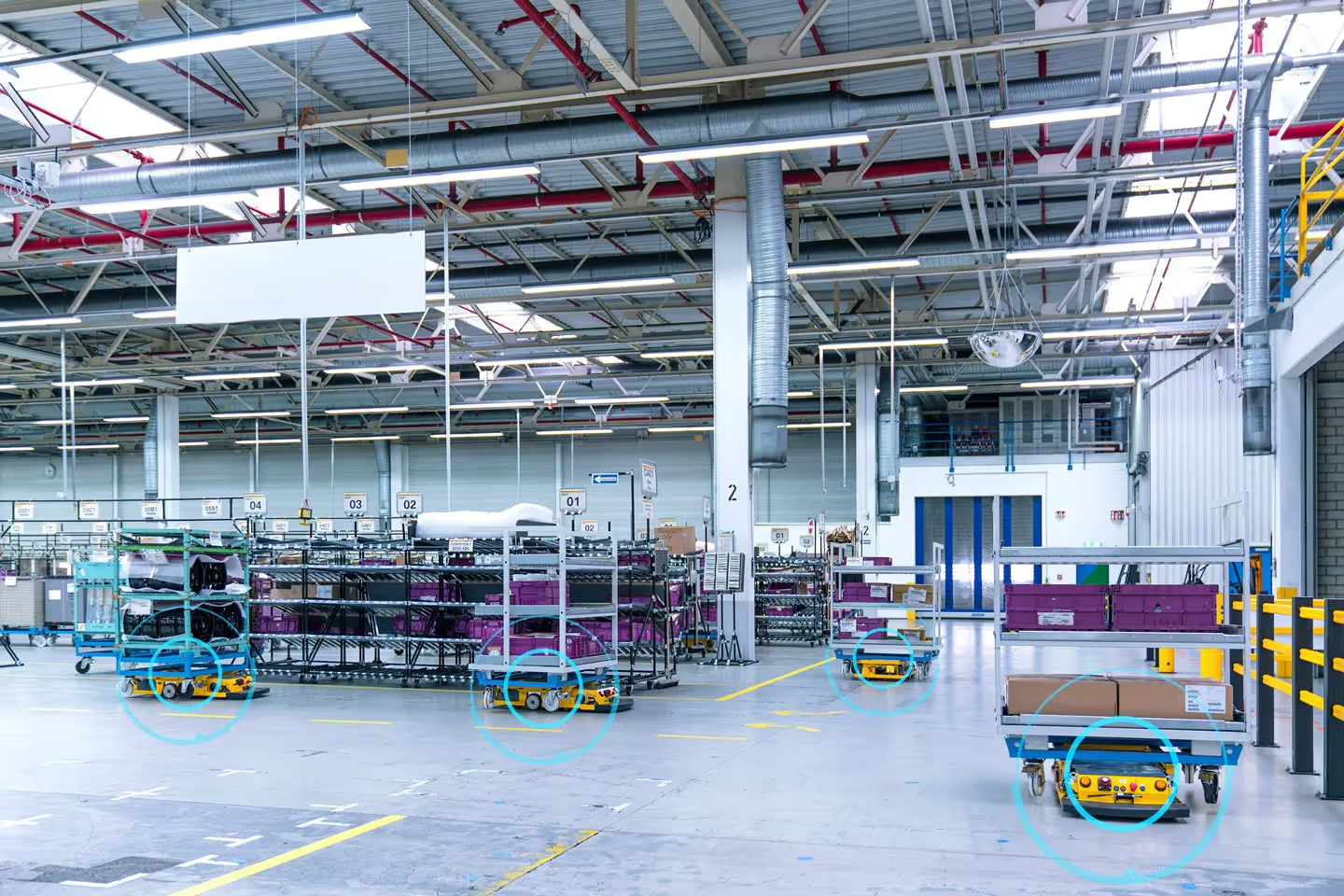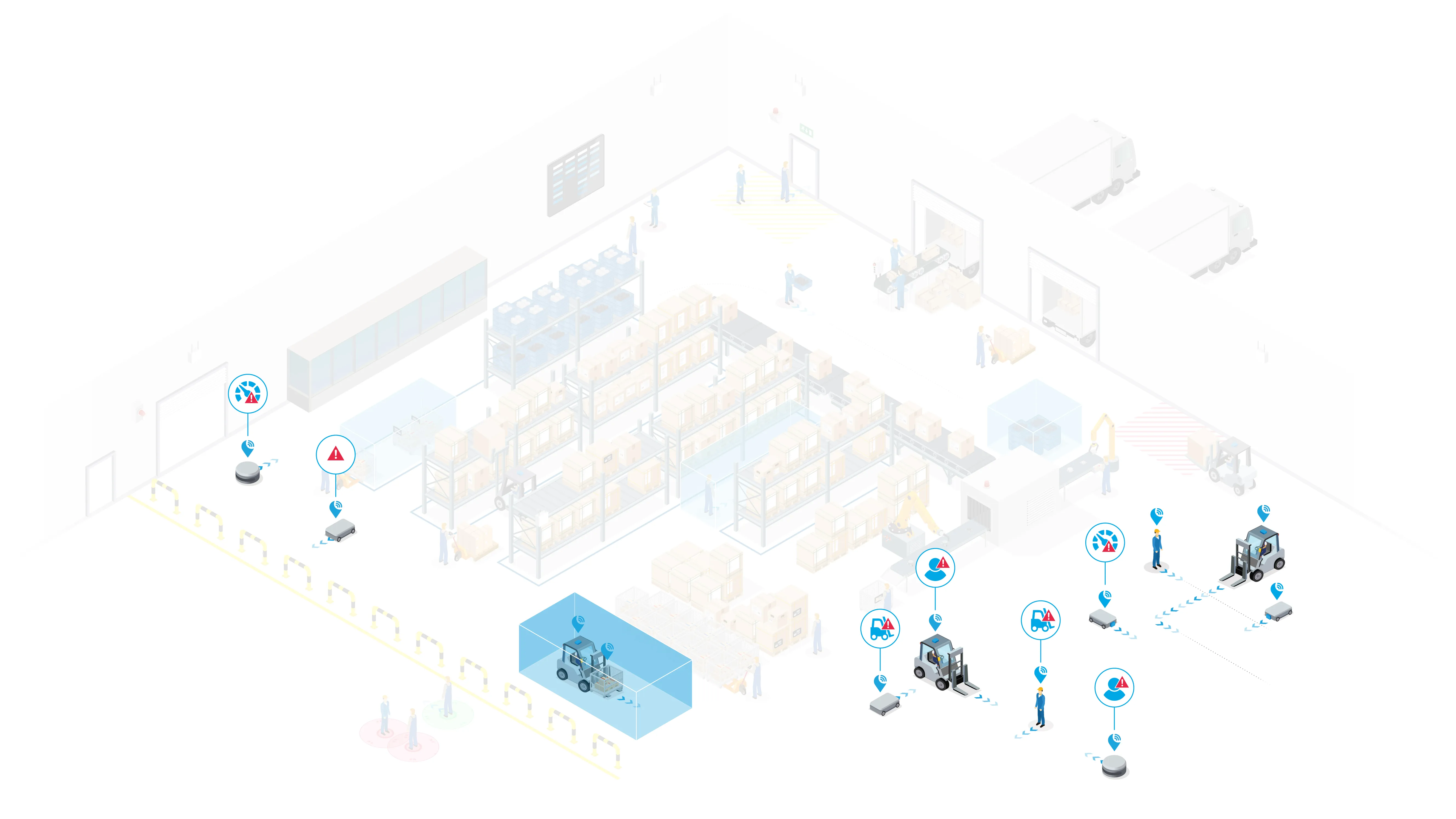Embracing the Best-of-Breed Principle for Managing Diverse AMR and AGV Fleets: A Deep Dive into VDA5050
Automation is upgrading industries with AMRs and AGVs. Discover how companies overcome diverse fleet challenges using best-of-breed strategies and the VDA5050 standard.

The rapid evolution of automation technologies is redefining industries, particularly in logistics and manufacturing. Automated Mobile Robots (AMRs) and Automated Guided Vehicles (AGVs) are at the forefront of this revolution, offering enhanced efficiency, flexibility, and productivity. However, as companies adopt these technologies, they face the challenge of managing diverse fleets from multiple vendors. This is where the best-of-breed principle, coupled with VDA5050 standards, comes into play.
Understanding the Best-of-Breed Principle
The best-of-breed principle involves selecting the best possible solution for each specific function within a larger system. Rather than relying on a single vendor's suite of products, companies choose top-performing solutions from different vendors to create a tailored, optimal system. In the context of AMR and AGV fleets, this approach allows businesses to leverage the unique strengths and innovations of various manufacturers, ensuring that each aspect of their operation is supported by the best available technology.
Challenges in Managing Diverse Fleets
While the best-of-breed approach offers numerous benefits, it also presents significant challenges, particularly in terms of interoperability and centralized management. Different AMRs and AGVs often come with proprietary software and communication protocols, making it difficult to coordinate their activities seamlessly. This fragmentation can lead to inefficiencies, increased downtime and disruptions, and higher operational costs.

VDA5050: A Solution for Seamless Integration
To address these challenges, the VDA5050 standard has been developed. Originating from the German Association of the Automotive Industry (VDA) and the German Mechanical Engineering Industry Association (VDMA), VDA5050 provides a unified interface for communication between fleet management systems and various AMR/AGV brands. It standardizes the data exchange, enabling different robots to operate in a cohesive and coordinated manner.
Key benefits of VDA5050 include:
- Interoperability: By adhering to a common communication standard, AMRs and AGVs from different vendors can work together seamlessly, facilitating smoother operations and reducing the complexity of managing a diverse fleet.
- Scalability: VDA5050 allows businesses to scale their operations more efficiently. New robots can be integrated into the existing fleet without extensive reconfiguration, making it easier to expand and adapt to changing operational needs.
- Centralized Control: With VDA5050, companies can implement a centralized fleet management system that oversees all robots, regardless of their make or model. This centralization improves monitoring, coordination, and maintenance, leading to higher overall efficiency.
Learn more about VDA5050-powered fleet management. Explore the complimentary guide now!

Implementing VDA5050 with a Best-of-Breed Strategy
To successfully implement the best-of-breed principle using VDA5050, companies should consider the following steps:
- Assess Operational Needs: Identify the specific needs and goals of your operation. Determine the functions and tasks that different AMRs and AGVs need to perform and evaluate which vendors offer the best solutions for these tasks.
- Select Compatible Technologies: Choose AMRs and AGVs from vendors that support VDA5050 or are willing to adopt the standard. This ensures that your diverse fleet can be integrated seamlessly.
- Invest in Centralized Fleet Management: Implement a centralized fleet management system that is compatible with VDA5050. This system will be the backbone of your operation, enabling efficient coordination and control of your diverse fleet.
- Continuous Monitoring and Optimization: Regularly monitor the performance of your fleet and the interactions between different robots. Use data-driven insights to optimize operations, address any issues promptly, and make informed decisions about future expansions or upgrades.
Learn more about the best-of-breed principle and how to manage diverse fleets in this expert interview.
Conclusion
The best-of-breed principle, supported by the VDA5050 standard, offers a powerful strategy for managing diverse AMR and AGV fleets. By selecting the top-performing solutions from various vendors and ensuring seamless integration through standardized communication, businesses can achieve unparalleled efficiency and flexibility. As automation continues to evolve, embracing these principles will be key to staying competitive and maximizing the benefits of robotic technologies.
Dive deeper in to how VDA5050-powered fleet management works. Read the complimentary guide now!

More Resources
Stay Up to Date
Subscribe to our newsletter and stay connected. You can unsubscribe at any time.
Ready to automate your industrial operations?
Schedule a meeting with our experts to connect and automate your operations.
Get in touch